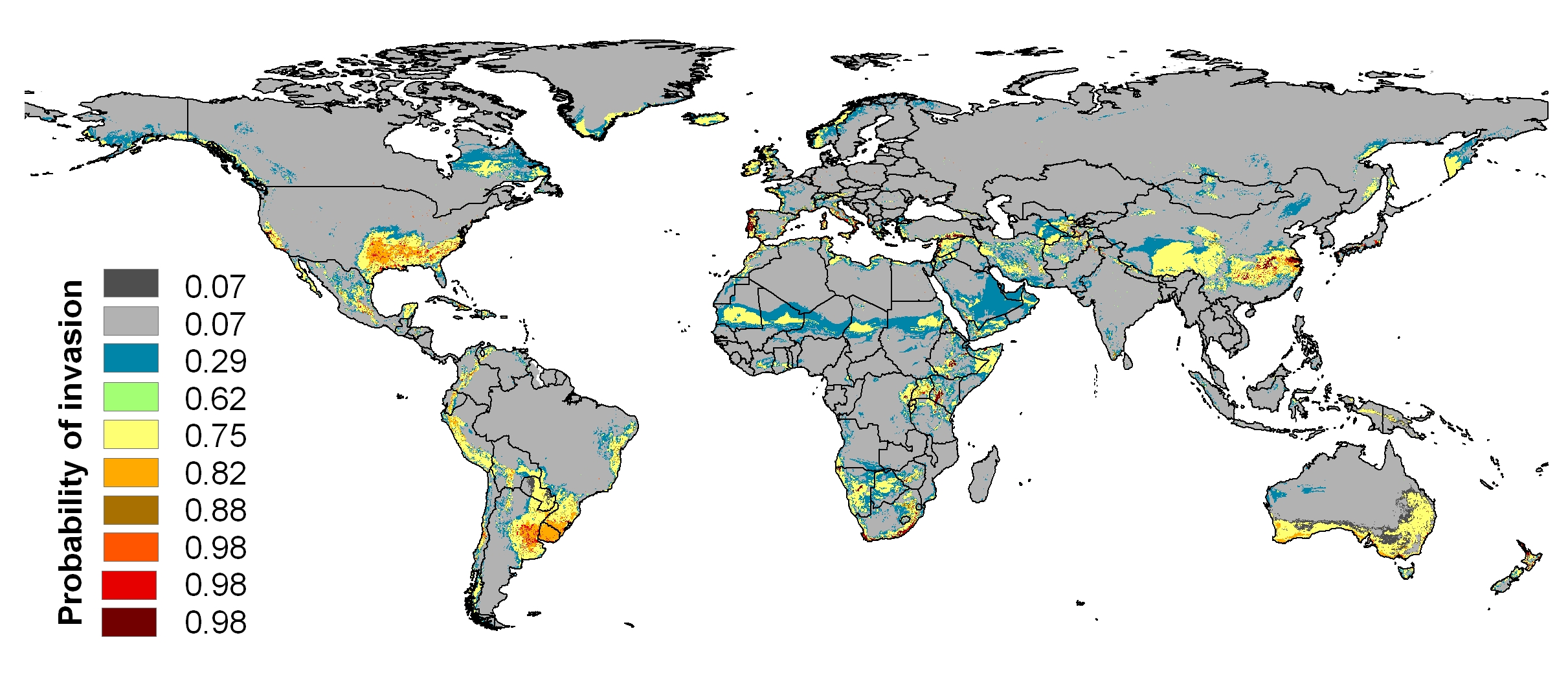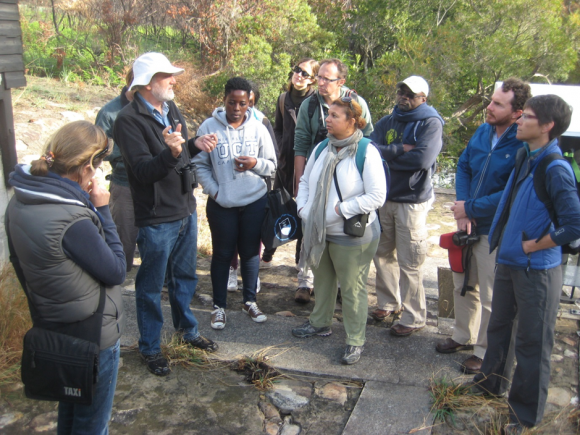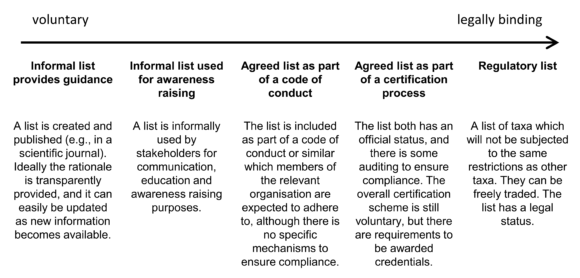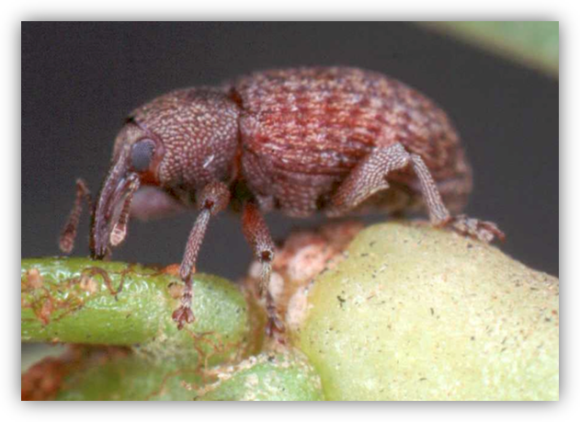25 January 2011 | By Dr Núria Roura-Pascual
Because of the numerous threats posed by invasive species to natural ecosystems, a major goal of invasion biology is to understand the factors explaining the distribution of species worldwide. Despite the many efforts at local and regional scales to predict areas vulnerable to invasion, the relative roles of biotic and abiotic conditions on the global distribution of species are still rather poorly understood. In a recent publication in the Proceedings of the National Academy of Science of the United States of America (PNAS), an international team of researchers – four of them affiliated with the C·I·B – examined the global distribution of one of the world’s most widespread and best-studied invasive species, the Argentine ant (Linepithema humile) (Figure 1). This study was the first to investigate the combined effect of key determinants of invasion (climate, resistance from native ant fauna, and human influence) on the global distribution of this notorious invasive species. According to the senior author, former C·I·B post-doc Dr Núria Roura-Pascual, this work is the result of a previous collaboration investigating the worldwide climate suitability of the species and the interaction of various experts who attended a symposium on the Argentine ant organized by the C·I·B during 2008.
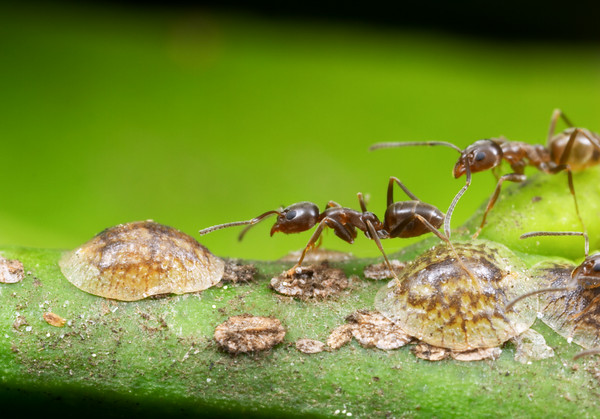
The results of the study highlight that climate and human modification of habitats play crucial roles in determining the worldwide distribution of the Argentine ant. Temperature and humidity are known to constrain the occurrence of the species in favourable climates in Mediterranean and subtropical regions around the world, allowing the species to establish and spread. This capacity of the Argentine ant to occupy new territories is also favoured by human influence. Areas with more influence of humans are more susceptible, as they receive more introductions. Another reason is that areas with dense concentrations of humans are more likely to have favourable microclimates for the establishment of viable populations (such as greenhouses or watered gardens) in habitats that without human influence would be unsuitable.
It has long been speculated that the presence of closely-related native ants could also be a factor in shaping the global distribution of the Argentine ant, since competitive ants are known to constrain the range of the species in some areas. This study was the first to incorporate this factor in a global model. Sites with more closely-related ants tended to have less chance of being invaded. The influence of this biotic resistance was more important in areas with less suitable climates and moderate degrees of human modification. However, though the presence of related taxa may hinder invasion, there is little evidence that native ants preclude the establishment of populations of the Argentine ant, particularly if the climate is suitable and human pressure on the environment is high.
The main message from this study is that climate and human modification of habitats interact to shape the global distribution range of the Argentine ant (Figure 2). Human activity clearly influences the movement and establishment of species, but climate suitability is the ultimate constraint on the distribution of this invasive species. These results suggest some management practices that could potentially slow the spread of Argentine ants in some regions. For example, “xerigardening” or “xeriscaping”, involving the use of drought-resistant garden plants that require little or no irrigation during summer, could greatly reduce the suitability of some regions for Argentine ant establishment and spread. On the other hand, plant species that provide food for ants or the many species that have extrafloral nectaries should be avoided. It is at this local (“in my backyard”) scale that the last opportunity to reduce the global spread of Argentine ants exists.
